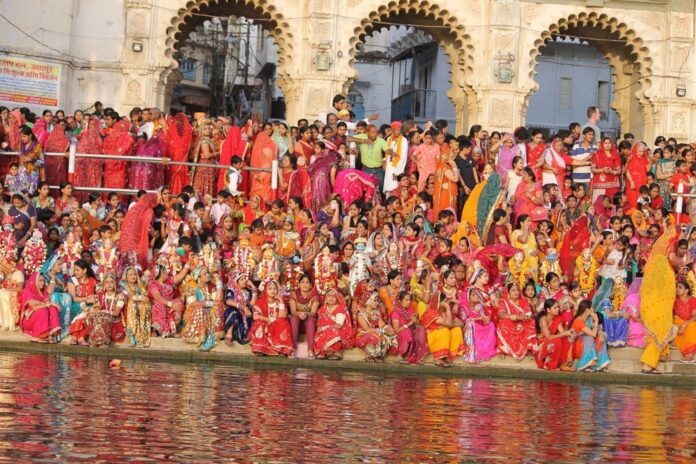Mewar is a land of festivals and there is a wide variety of festivals celebrated here which is a true manifestation of its rich culture and traditions. Hence, many exciting festivals celebrated in Mewar are :
FESTIVALS CELEBRATED IN MEWAR
1. Jal Jhulni Ekadashi
2. Sheetala Saptami
3. Gangaur
4. Rath Yatra
5. Maha Shivratri
6. Govardhan Puja
8. Hariyali Amavasya
1. JAL JHULNI EKADASHI

Jal Jhulni Ekadashi comes every year on the Ekadashi ( eleventh day) of the Shukla Paksha ( bright half) of the Hindu month Bhadrapada, also known as Bhadra. Therefore, on this day, Hindus worship the Vamana avatar of Lord Vishnu. Hence, many believe that the one who keeps the fast on this day gets blessed with immense happiness and good fortune. But, apart from the wealth factor, people also believe that Mata Yashoda washed the clothes of Lord Krishna on this day. Therefore, some people also call it Padma Ekadashi.
People celebrate Jal Jhulni with great zeal. Devotees carry out a Shobha Yatra (honor journey) with a palki (palanquin) of Lord Vishnu.
Jal Jhulni fast is for more than one day. Hence, on the eleventh day, the devotees set up the idols of Lord Vishnu on the earthen urns set up the day before. After that devotees worship the lord. And at the end of the eleventh day, devotees donate all the urns filled with cereals to brahmins and hence concluding the festival.
2. SHEETALA SAPTAMI
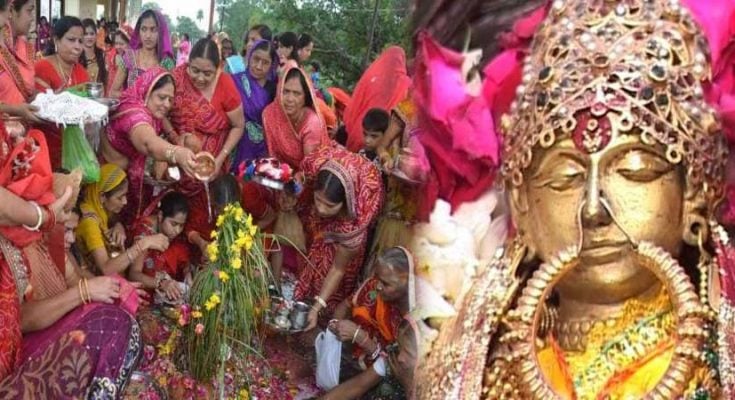
One of the most popular Hindu festivals celebrated in Mewar in honor of Sheetala Mata or Goddess Sheetala is Sheetala Saptami. Hence, according to the beliefs of the people, Sheetala Mata protects them, their children, and their family members from diseases like chickenpox and smallpox.
Sheetlasaptami is celebrated seven days after the Holi festival. That is ‘Saptami’ of ‘Chaitra Krishna Paksh’ according to the Hindu Calendar. Therefore, ‘Sheetla Saptami’ consists of Sheetla derived from the Hindi word ‘Sheetal’ which means ‘Cold’ and Saptami means seventh. Hence, Sheetala Saptami is also popular as ‘Basoda’ which means ‘Cold’. Moreover, on this day people don’t ignite the ‘Chulha'(stove) at home and prepare the food on the previous night only. In addition, women wake up early in the morning, take bath and do ‘Puja’ of ‘Sheetla Mata’ who is an ‘avatar’ of ‘Goddess Durga’.
Sheetala Saptami is also quite popular by the name ‘Dasha Mata’. Hence, Women serve the ‘Cold food and sweets’ prepared the night before to Sheetla Mata as prasad. The food prepared in the prior night involves puri, sabzi, pakodi, papdi, besan chakki, and one summer delicacy famous in Mewar i.e ‘Oliya’, which is the most famous delicacy of this festival.
3. GANGAUR

Once upon a time, Lord Shiva, Parvati along Sage Narad came upon a village. The news escalated real quick like the fire in the forest. Hence, the local women started preparing a feast for the God guests. Women from the upper class served, first. And, goddess Gauri showered hold water on them as a symbol of blessing. But they ran out of holy water when the women of lower-class arrived with their offerings. Thus, Goddess Parvati cut her finger to sprinkle blood as the holy water. In conclusion, people worship Lord Shiva and his wife goddess, Gauri at this festival.
Gangaur is colorful and one of the most important festivals celebrated in Mewar. Hence, people throughout the state of Rajasthan celebrate this festival with great fervor and devotion from March–April. It is the celebration of spring, harvest, marital fidelity, and childbearing. Gana is a synonym for Lord Shiva and Gaur which stands for Gauri or Parvati who symbolizes Saubhagya (marital bliss). Therefore, according to the beliefs, married women worship for the welfare, health, and long life of their husband and for happy married life. Whereas, unmarried women do so for being blessed with a good husband.
Moreover, Udaipur has a Ghat dedicated to the name Gangaur. Furthermore, Gangaur Ghat is one of the prominent shores of Pichola Lake that connects part of the city to Lake Pichola. Hence this ghat is a prime location for the celebration of the Gangaur festival in Udaipur.
4. RATH YATRA
Udaipur, the capital of the Mewar dynasty is one of the oldest in northern India. Jagdish temple in Udaipur was constructed by Maharana Jagat Singh first in 1652, is a panchayat architect. Therefore, many festivals are celebrated in this temple throughout the year. Similarly, people also celebrate the festival of Rath Yatra here at the temple.
Devotees, localities, and various communities participate very joyfully and cheerfully. The preparation of the festival starts 30-40 days before the day. Like chariot cleanliness, polishing the chariot with silver, and also other artwork performed by the devotees. Also, a day before the festival, people organize music ceremony at the temple where devotees sing and dance on devotional songs. Then, on the procession day, the wooden idol of Lord Jagdish disembark temple to the silver chariot. And later the procession starts and gives a glimpse to every single devotee around his town like a king to check the condition of their people. Hence, people of various communities, caste, society come forward in making this an immense festival celebrated in Mewar.
5. MAHA SHIVRATRI ( Festivals celebrated in Mewar)
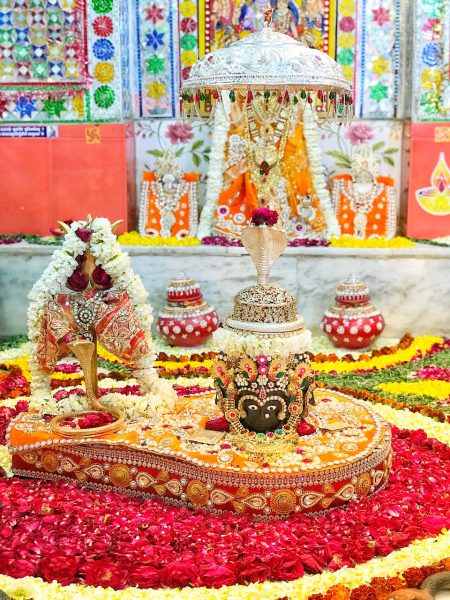
Maha Shivaratri is a Hindu festival that is celebrated annually in honor of the god Shiva. Hence, the name also refers to the night when Shiva performs the heavenly dance. Moreover, there is a Shivaratri in every luni-solar month of the Hindu calendar on the month’s 13th night/14th day. But once a year in late winter and before the arrival of Summer marks Maha Shivaratri which means “the Great Night of Shiva”.
All through the years, the Mewar & Maharanas have regarded Eklingnath Ji as the master, and they just as ministers who carried out the Lord’s orders.
Hence, according to the scriptures, Mahashivratri has a long history. During Sagar Manthan, the churning of the ocean a pitcher full of poison had emerged. It was so strong that it could destroy the whole universe. Therefore, they went to Lord Shiva, to seek protection. So, the kind Lord agreed to drink the deadly poison and kept it in his throat that turned blue and due to this miracle, Shiv has been given the name of Neelkanth. Hence, to commemorate this event, bhakhts celebrate Mahashivratri with great fervor.
Mahashivratri was kind of a public festival on which the common man also observed fast and took part in worship. Therefore, on Shivratri, a large number of devotees go to Eklingnath Ji. Many devotees walk all the way and many rituals perform rituals in the Eklingnathji mandir at Udaipur Nathdwara road. Mahashivratri is among the major festivals celebrated in Mewar.
6. GOVARDHAN PUJA ( Festivals celebrated in Mewar)
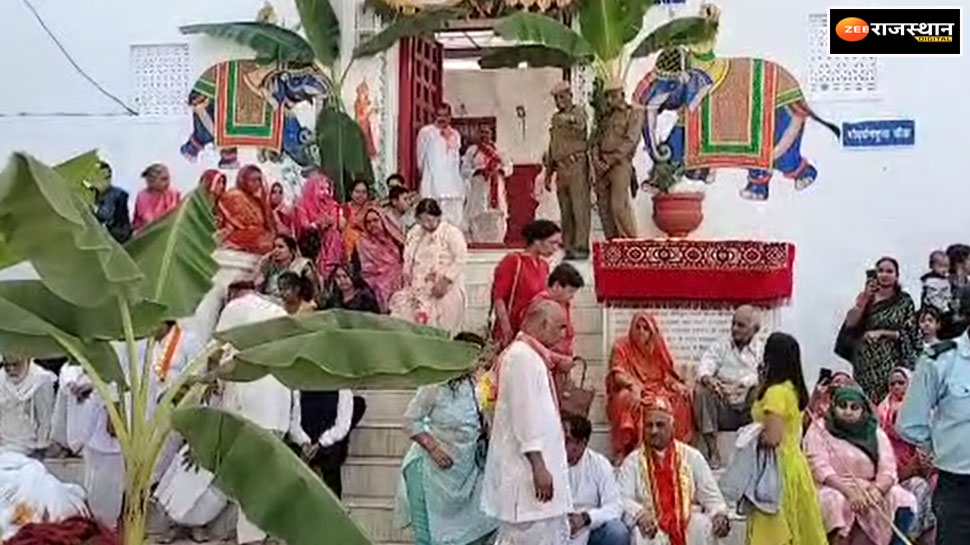)
Govardhan Puja is also known as Annakut or Annakoot (meaning a “mountain of food”). Hence, it is a Hindu festival in which devotees worship Govardhan Hill and prepare and offer a large variety of vegetarian food to Krishna as a mark of gratitude. In addition, this day commemorates the incident in the Bhagavata Purana when Krishna lifted Govardhan Hill to provide the villagers of Vrindavan shelter from torrential rains. Therefore, the incident represents how God will protect all devotees who take singular refuge in him. Devotees offer a mountain of food, metaphorically representing the Govardhan Hill, to God as a ritual remembrance and to renew their faith in taking refuge in God. Hence, most Hindu denominations celebrate this festival all over India and abroad.
The Annakut festival occurs on the first lunar day of the Shukla Paksha (bright fortnight) in the month of Kartik, which is the day after Diwali, the Hindu festival of lights.
There are many variants in which these people celebrate this festival. Hence, in one variant of the ritual, people make a god (Lord Krishna) cow dung in a horizontal position. People then decorate it with earthen lamps (Deepak or Diya), seenkh (a material used for broom chaffs), and candles. Then, after worship, the structure of the lord is fed by the bhaktas or worshippers, and the ladies fast and pray. Hence, Govardhan puja is among the major festivals celebrated in Mewar.
7. HARIYALI AMAVASYA ( Festivals celebrated in Mewar)
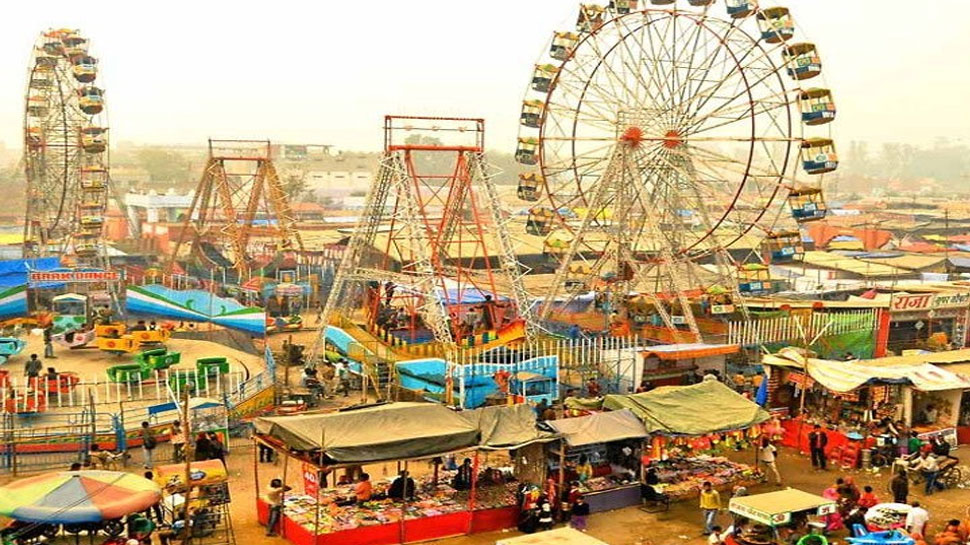
In Hindi, the word Amavasya refers to a no-moon day and Hariyali refers to greenery. Therefore, people celebrate Hariyali Amavasya on a no-moon day to welcome the month of monsoon. Hence, as per the Hindu calendar on the first Amavasya of Saavan which is the period of July-August. People celebrate it with great enthusiasm and it is among the major festivals celebrated in Mewar.
In Udaipur, the celebration includes the setting up of a fair. Hence, this fair goes on for three days. Furthermore, there are stalls of food, games, rides, clothes, and jewelry. The famous dish of Rabri Malpua is available in plenty. Energetic vendors voice themselves out loud. In addition, the fair witnesses an atmosphere of fun and frolic. Therefore, the fair attracts people from all age groups. Apart from that, tourists from all across the country visit it. Hence, it results in developing a platform for national integration. The fair is also adorned with beautiful and colorful costumes, traditional music, and dance.
Therefore, the marvelous combinations of these provide entertainment to everyone and they enjoy themselves. Moreover, even though both men and women are a part of this fair, the last day of the fair is usually reserved for women. On this day, the men are not allowed to enter the fair. All the women pray for the prosperity of their families with all their hearts. In addition, the Collector of Udaipur declares this as a holiday for schools and government offices. Not only this, schools and clubs also have cultural programs to commemorate this day. Then, ceremonies of tree plantation are held across places. Hence, a visit to this fair is a must-awaited affair.
Read related article

